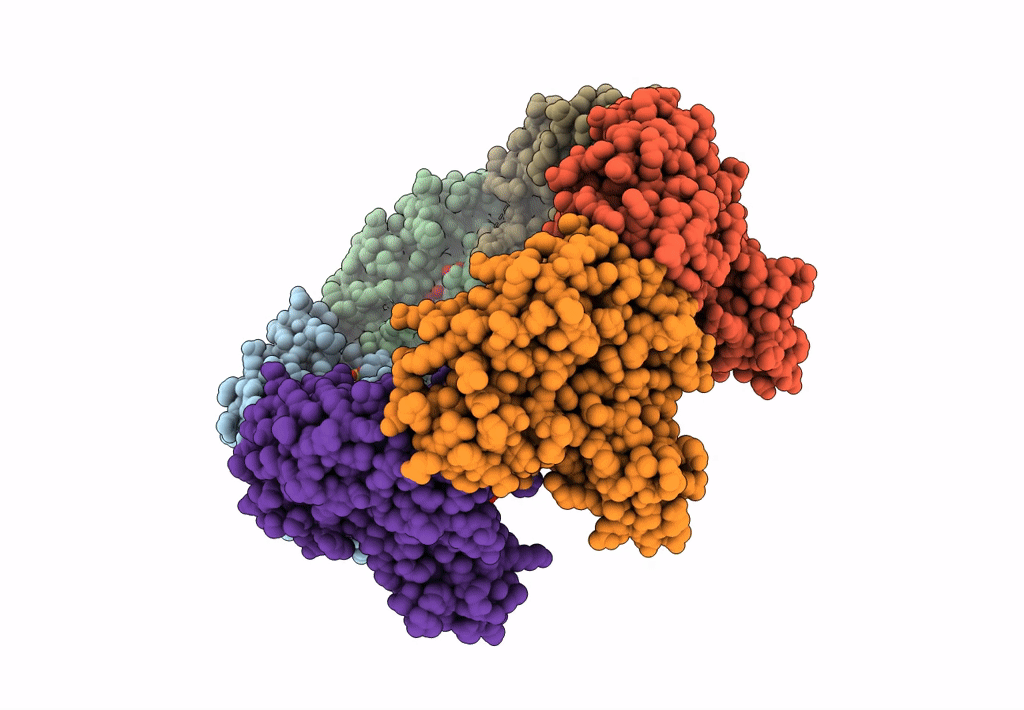
Deposition Date
2005-05-11
Release Date
2005-05-24
Last Version Date
2024-02-14
Entry Detail
PDB ID:
1ZNN
Keywords:
Title:
Structure of the synthase subunit of PLP synthase
Biological Source:
Source Organism:
Geobacillus stearothermophilus (Taxon ID: 1422)
Method Details:
Experimental Method:
Resolution:
2.20 Å
R-Value Free:
0.19
R-Value Work:
0.15
R-Value Observed:
0.16
Space Group:
C 2 2 2


